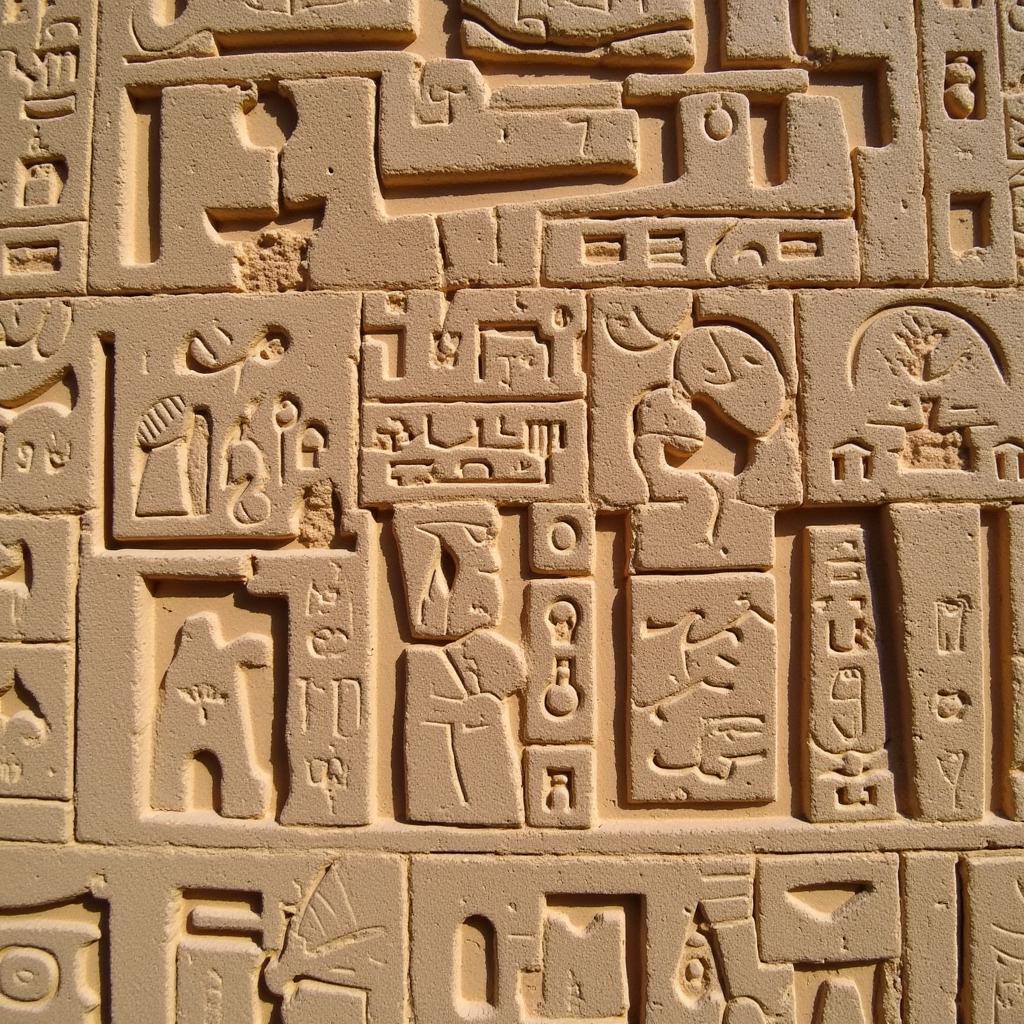Exploring the Diverse World of African Invertebrates
African Invertebrates represent a breathtaking array of life, from the vibrant butterflies flitting through rainforests to the industrious ants building complex societies beneath the savannah. This exploration delves into the fascinating world of these spineless creatures, highlighting their importance to the African ecosystem and the unique adaptations they’ve developed to thrive in this diverse continent.
Unveiling the Hidden Wonders: An Introduction to African Invertebrates
African invertebrates play crucial roles in maintaining the delicate balance of the continent’s diverse ecosystems. They contribute to pollination, decomposition, nutrient cycling, and serve as a vital food source for a wide range of animals. Their incredible diversity reflects the vast range of habitats found across Africa, from the arid deserts of the Sahara to the lush rainforests of the Congo Basin. What makes these creatures so fascinating is their remarkable adaptability to these varied environments.
Many African invertebrates have developed unique adaptations for survival in harsh conditions. For example, some desert-dwelling insects have evolved specialized mechanisms for water conservation, while others have developed camouflage techniques to blend seamlessly with their surroundings. Some species have even developed symbiotic relationships with other organisms, highlighting the intricate web of life that connects African invertebrates.
African Invertebrate Biodiversity Hotspots
Certain regions in Africa are particularly rich in invertebrate biodiversity. These “hotspots” are characterized by a combination of factors, including favorable climate conditions, diverse vegetation, and limited human disturbance. One such hotspot is the Eastern Arc Mountains, a chain of ancient mountains in East Africa. This region is home to a remarkable array of endemic invertebrate species, many of which are found nowhere else on Earth. The Albertine Rift, another biodiversity hotspot, boasts a diverse range of habitats, including rainforests, wetlands, and savannas, each supporting a unique community of invertebrates.
The Crucial Role of African Invertebrates in the Ecosystem
African invertebrates contribute significantly to ecosystem services, including pollination, decomposition, and soil aeration. They are also an essential food source for larger animals, including birds, reptiles, and mammals. The loss of invertebrate biodiversity can have cascading effects on entire ecosystems. For instance, the decline of pollinating insects can lead to reduced plant reproduction, while the loss of decomposers can disrupt nutrient cycling. Understanding the ecological roles of African invertebrates is crucial for conservation efforts.
What are the most common African invertebrates? Many common invertebrates, such as beetles, butterflies, spiders, and ants, are abundant throughout the continent, each playing a unique role in their respective ecosystems.
Conservation Challenges and Future Directions
African invertebrates face a number of threats, including habitat loss, pollution, climate change, and invasive species. Conservation efforts are crucial to protect these fascinating creatures and the vital roles they play in the African ecosystem. Strategies such as habitat restoration, sustainable agriculture, and public awareness campaigns can help mitigate these threats and ensure the long-term survival of African invertebrates. african armored ground cricket are fascinating examples of these invertebrates.
african brown knife fish tankmates can sometimes interact with terrestrial invertebrates when they fall into the water.
Dr. Khadija Mwangi, a renowned entomologist specializing in African invertebrates, emphasizes the importance of research and monitoring: “Continued research and monitoring are essential for understanding the complex dynamics of invertebrate populations and their responses to environmental changes. This knowledge is crucial for developing effective conservation strategies.”
Conclusion: Protecting Africa’s Spineless Wonders
African invertebrates are a vital part of the continent’s rich biodiversity. Their unique adaptations, ecological importance, and the threats they face warrant our attention. By understanding these fascinating creatures and supporting conservation efforts, we can help protect the diverse world of African invertebrates for future generations. african catfish photo showcase another fascinating aspect of African aquatic life. Understanding the interplay between different species, including invertebrates and fish, is vital for a holistic view of ecosystem health.
FAQ
- What is the largest invertebrate in Africa? The giant African land snail is the largest terrestrial invertebrate in Africa.
- What is the most dangerous invertebrate in Africa? Several species of scorpions and spiders in Africa possess venom that can be dangerous to humans.
- What role do dung beetles play in the ecosystem? Dung beetles play a critical role in nutrient cycling and soil aeration.
- How do termites contribute to the African savanna? Termites help break down dead plant material, enriching the soil.
- What are some threats to African invertebrate populations? Habitat loss, pollution, and climate change are major threats to African invertebrates.
- How can I help protect African invertebrates? Supporting conservation organizations and promoting sustainable practices can help protect invertebrates.
- Where can I learn more about African invertebrates? Many resources, including books, websites, and museums, provide information about African invertebrates. african clawed otters are also impacted by the health of invertebrate populations which form a part of their diet. african helmeted turtle turtle also rely on invertebrates as a part of their diet.
What are some lesser-known but equally important African invertebrates? Many lesser-known invertebrates, such as millipedes, centipedes, and various worm species, play important roles in the decomposition process and nutrient cycling.
What are some examples of unique adaptations in African invertebrates? Some examples include camouflage, specialized mouthparts for feeding, and the ability to withstand extreme temperatures.
When needing assistance, please contact Phone Number: +255768904061, Email: kaka.mag@gmail.com, or visit our address: Mbarali DC Mawindi, Kangaga, Tanzania. We have a 24/7 customer care team.


